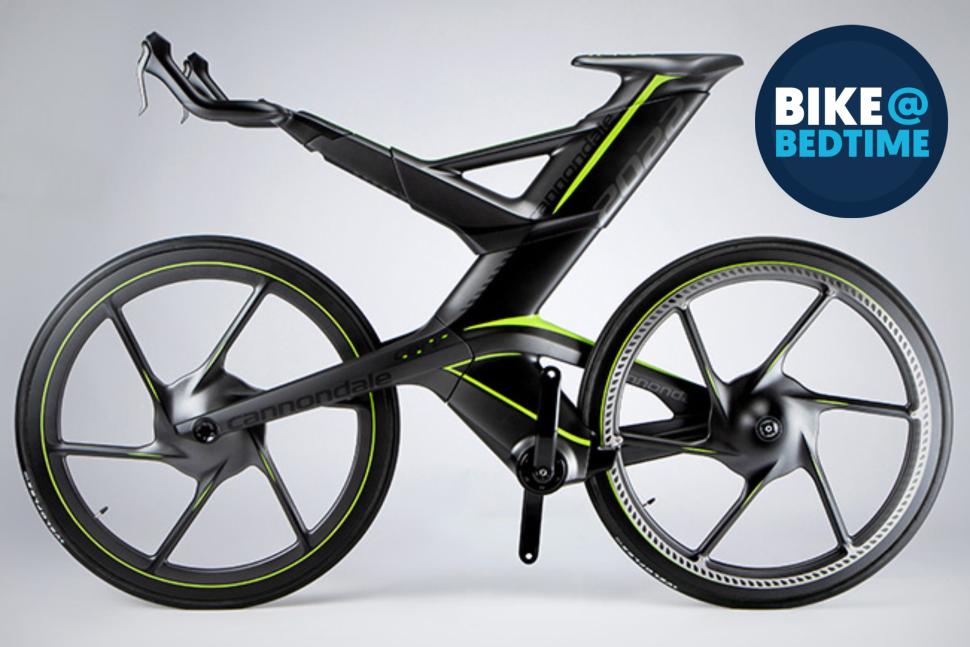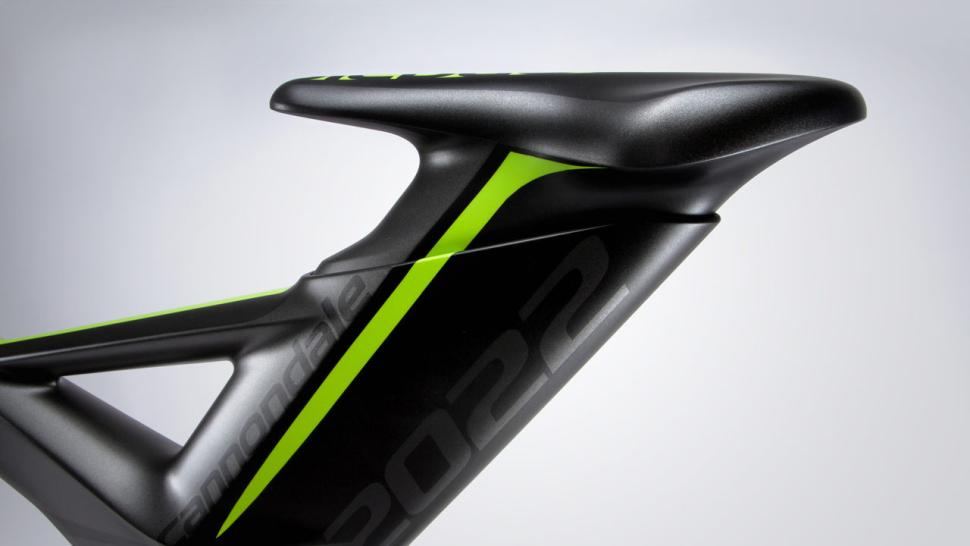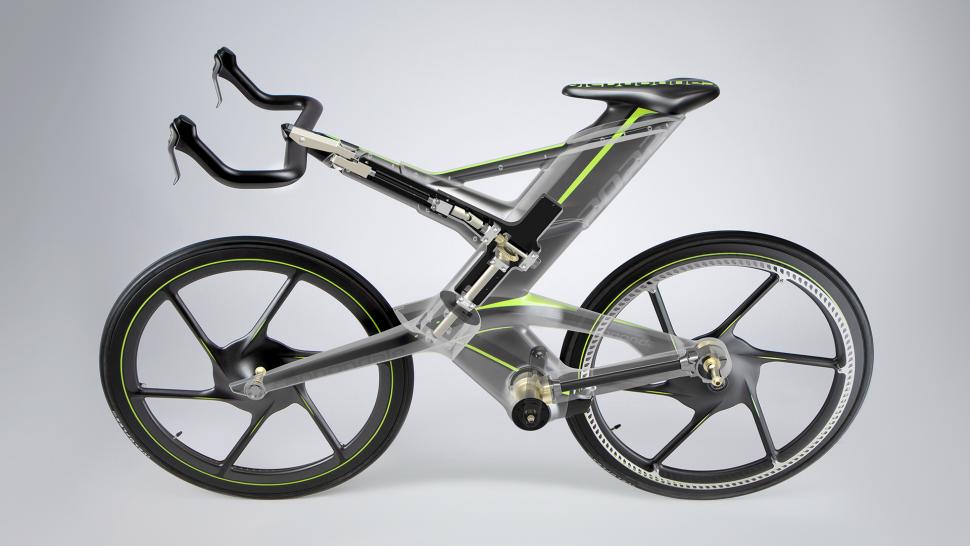- News
- Reviews
- Bikes
- Components
- Bar tape & grips
- Bottom brackets
- Brake & gear cables
- Brake & STI levers
- Brake pads & spares
- Brakes
- Cassettes & freewheels
- Chains
- Chainsets & chainrings
- Derailleurs - front
- Derailleurs - rear
- Forks
- Gear levers & shifters
- Groupsets
- Handlebars & extensions
- Headsets
- Hubs
- Inner tubes
- Pedals
- Quick releases & skewers
- Saddles
- Seatposts
- Stems
- Wheels
- Tyres
- Tubeless valves
- Accessories
- Accessories - misc
- Computer mounts
- Bags
- Bar ends
- Bike bags & cases
- Bottle cages
- Bottles
- Cameras
- Car racks
- Child seats
- Computers
- Glasses
- GPS units
- Helmets
- Lights - front
- Lights - rear
- Lights - sets
- Locks
- Mirrors
- Mudguards
- Racks
- Pumps & CO2 inflators
- Puncture kits
- Reflectives
- Smart watches
- Stands and racks
- Trailers
- Clothing
- Health, fitness and nutrition
- Tools and workshop
- Miscellaneous
- Buyers Guides
- Features
- Forum
- Recommends
- Podcast
feature
 Bike at bedtime Cannondale CERV concept bike
Bike at bedtime Cannondale CERV concept bikeTransformer-like! Check out the Cannondale CERV concept bike from 2012 with "dynamically adjustable geometry"
Just over a decade ago, Priority Designs and Cannondale joined forces to create the CERV concept bike featuring on-the-fly adjustable geometry. Known as the Continuously Ergonomic Race Vehicle (CERV), the forkless, chainless and transformer-like design pointed to a possible future road bike concept, that would allow you to change your position from relaxed and ploddy to super aggressive with a few simple adjustments.
Cannondale has produced some intriguing and controversial concept bikes over the years, and in 2012 it unleashed the bizarre-looking Cannondale CERV on us. If it ever came to fruition, it would be capable of being both an aggressive race bike and comfortable endurance bike, thanks to its dynamically adjustable geometry.
> The maddest, baddest and best concept bikes
Cannondale wanted riders to have a variety of positions to choose from on the same bike. This means the cockpit can be adjusted without altering the seat-to-crank height.
Typically, riders would utilise their drop handlebars, and if you wanted to get down low you'd move to the drops. If you were climbing a hill and wanted to put more power down, you could move to the tops.
The CERV takes things a step further, allowing you to dynamically adjust the handlebars by moving them up and down, or longitudinally to provide different reach and stack positions to suit different road conditions and personal preferences.
Priority Designs said at the time: "...doing all of this with a traditional fork in place wasn't going to cut it." Instead, the CERV features a single-sided fork, as well as front and rear suspension.
Due to the forkless design, Priority Designs built a mechanism that translates steering movements from the handlebars to the front wheel through the bike's frame rather than the front fork.
> Are expensive carbon road bike wheels worth the money?
According to Cannondale's concept, the carbon fibre bike would also feature electronic shifting, a completely enclosed shaft-driven transmission and a built-in computer display.
The wheels are one-piece carbon fibre, featuring six bladed spokes. The CERV would also have hydraulic brakes, using a combination of rim and disc brake technology. That certainly would have been a more unusual idea in 2012 than it is now...
Also, the CERV bike is chainless, and so the movement of the crank is transferred to the rear wheel through a transmission that runs along the shaft of the rear support arm.
> Can teams ride prototype bikes in the Tour de France?
Above is a prototype bike Priority Designs constructed to verify the engineering principles underlying the CERV design before they got to work fitting, finishing, painting and assembling the CERV concept bike all on-site.
When it was released some people seemed to love it, and others didn’t… so what are your thoughts on Cannondale's CERV concept bike? Let us know in the comments section below.
Emily is our track and road racing specialist, having represented Great Britain at the World and European Track Championships. With a National Title up her sleeve, Emily has just completed her Master’s in Sports Psychology at Loughborough University where she raced for Elite Development Team, Loughborough Lightning.
Emily is our go-to for all things training and when not riding or racing bikes, you can find her online shopping or booking flights…the rest of the office is now considering painting their nails to see if that’s the secret to going fast…
Latest Comments
- Hirsute 1 sec ago
But what is the small print for mileage, state of the vehicle after 2 years? Lots of potential extra costs....
- Rekrab 16 min 31 sec ago
MORE LANES, MORE LANES!!!!
- Simon E 23 min 11 sec ago
The numbers don't tell anything like the whole story....
- Simon E 54 min 17 sec ago
Just squirt some thick grease all over his side windows and door panels. If you're feeling really uncharitable you could throw some sand at the...
- David9694 1 hour 34 min ago
check under 'W'for "What cars do to people"
- quiff 2 hours 14 min ago
Fascinating - I have always thought Hersheys has a whiff of vomit about it!
- Global Nomad 2 hours 15 min ago
good to see you're testing the farsports wheels - hope to see road.cc continue to expand the range of brands it considers. These or the shallower...
- chrisonabike 2 hours 18 min ago
Duly triggered! (At least "it's comedy!" though)....
- chrisotherwise 2 hours 49 min ago
Sadly very normal. And the sand contains loads of evil little shards of flint.





Add new comment
1 comments
forkless front is an idea from motorbikes - a.k.a "hub centre steering". The motivation for this was to improve suspension of the front, by separating suspension and steering forces and the change in steering geometry that occurs with forks.
Not sure these concerns apply much to road bikes.